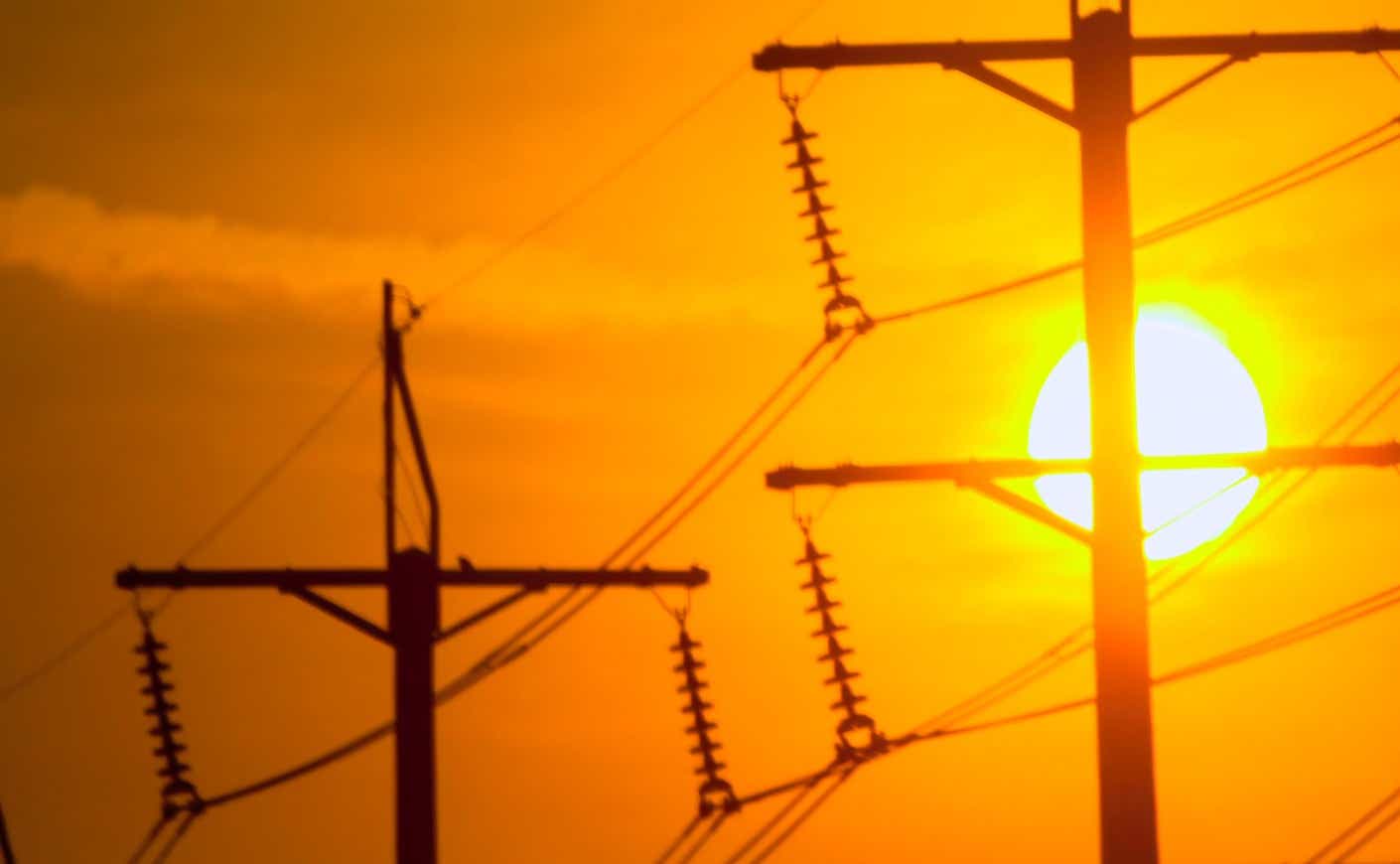Summer has officially arrived — and, unfortunately, so have the brutal temperatures. Millions of Americans across the Midwest and East Coast will face a heat wave this week, combined with humidity which could push heat indexes as high as 115 in certain areas.
If you feel like every summer in recent memory has had historic high temperatures, you're not alone. In fact, NASA says that summer heat waves have doubled in the last four decades.
These rising temperatures are more than just uncomfortable — they can pose a serious danger to your health. According to scientists, the body’s resting core temperature typically hovers around 98.6 degrees Fahrenheit, which is just 7 degrees away from heatstroke and the risk of death. Officials in NYC, where the heat wave is expected to hit midweek, are already warning, "This is the deadliest weather threat we face in New York City."
So here’s a quick primer on how, exactly, heat can be deadly and some of the symptoms you should be aware of the next time you step out in sweltering temperatures.
What is heat stroke?
Heat stroke, also known as sunstroke, occurs when the body can no longer cool itself and starts overheating. It’s typically caused by prolonged exposure to hot, humid weather or by any kind of physical exertion in high temperatures.
If left untreated, a heat stroke can have a cascading effect on your health, potentially causing blood clots around the body, organ failure, and ultimately, death. It's also known to cause damage to the heart. “You’re asking the heart to do a lot more work than it usually has to do,” Ollie Jay, a professor of heat and health at the University of Sydney in Australia, told the Associated Press.
The heat can even take a toll on our brains, making it hard to think and make decisions. It can make us more aggressive, too — researchers found there are more murders, domestic violence, and assaults on hot days.
But just how common is this condition? In 2023 alone, extreme heat was linked to 2,300 deaths and approximately 120,000 emergency room visits, according to the Centers for Disease Control and Prevention. Some age groups are more at risk than others — for instance, adults over 65 are more vulnerable to heat strokes because their bodies are less able to cope with changes in body temperature.
What are some signs of heat stroke?
The hallmark symptom of heat stroke is a core body temperature above 104° Fahrenheit. Here’s what else you should keep an eye out for:
- Fainting
- Throbbing headache
- Dizziness or light-headedness
- Unconsciousness
- Lack of sweating, despite the heat
- Red, hot, and dry skin
- Muscle weakness or cramps
- Nausea and vomiting
- Racing heart rate
- Rapid, shallow breathing
- Confusion, disorientation, or staggering
- Seizures
How do wet bulb temperatures factor into heat stroke risk?
Wet-bulb globe temperature is a measure of environmental heat that takes into account humidity, solar radiation, and wind. It essentially gauges heat-stress conditions in humans — or how well the body can cool itself by sweating.
Scientists once thought that a wet bulb reading of 95° Fahrenheit was the point at which the body started having trouble functioning after about six hours of being exposed, but recent tests have put that temperature closer to 87° for healthy people and 82° for older adults. This deadly combination of heat and humidity has already swept parts of the Middle East. In fact, the Persian Gulf is one of the few places in the world to repeatedly record a wet bulb temperature exceeding the threshold of human survivability.
Reaching or surpassing the wet-bulb temperature can be fatal because, at that point, the body can no longer cool itself down by sweating since the air is already saturated with water. “Humid heat waves kill a lot more people than dry heat waves,” Pennsylvania State University physiology professor W. Larry Kenney told the AP.
That’s why it’s important to seek medical attention immediately if you suspect you’re experiencing a heat stroke. Typically, doctors try to cool a victim down within 30 minutes, and the most effective way to do that is to drop someone in a water or ice bucket.
But if you’re waiting for an ambulance to arrive, you can try misting yourself with water or applying ice packs to your neck, groin, and armpits. If neither is available, you can also try lying down in a shady area and removing any extra clothing.
With continued hotter-than-usual temperatures expected this summer, here are some other creative ways to stay cool if you just can't beat the heat.









